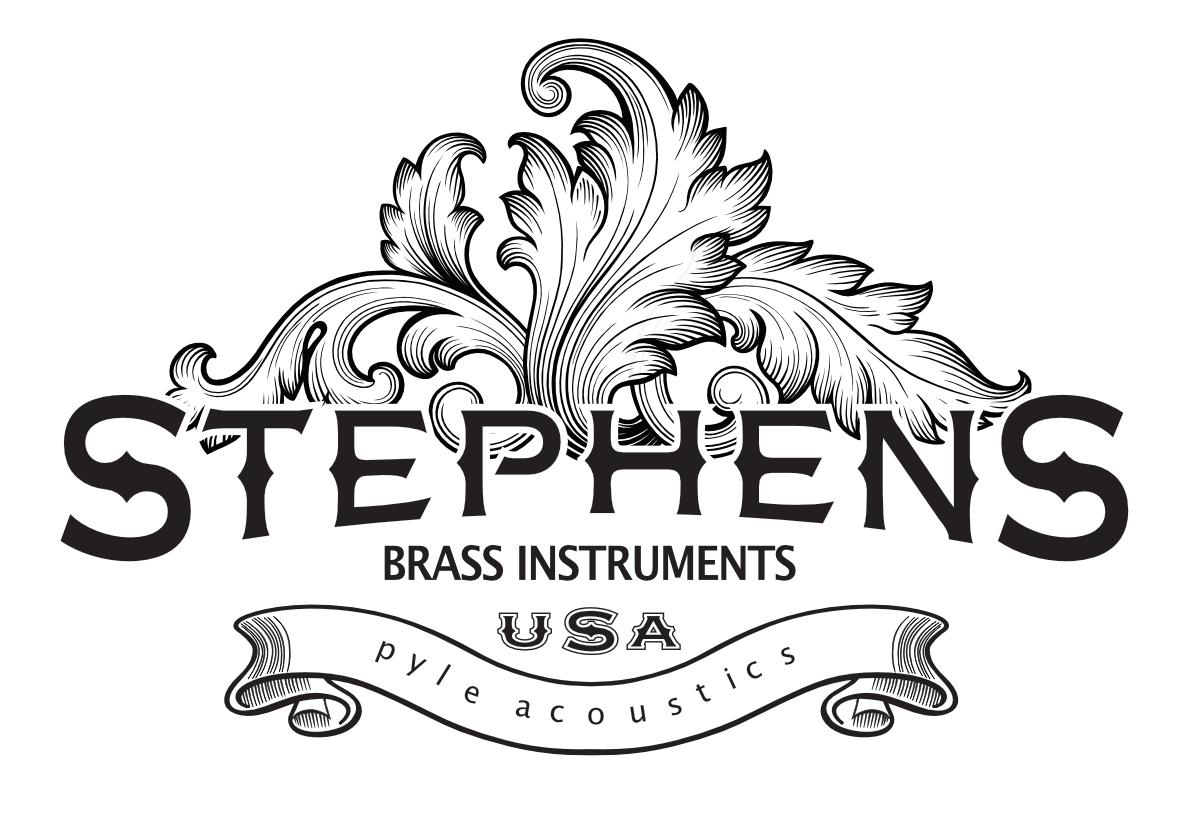Our horns
Series I
The Stephens Series 1 Geyer-model horn is designed to offer the essence of a classic Geyer horn but with a more even response and intonation. Wrapped up like a traditional Geyer Horn, it features a clear, open sound that also has depth and character missing from some modern instruments. High quality German valves are used. They are airtight, assuring a good response and even slotting. The action is quick and reliable.
Series II
The Stephens Series 2 model is a wrap that is far less common in the horn world. It is designed to have the comfortable ergonomics of our Series 1 “Geyer” model, but to also include aspects of the classic “C. F. Schmidt Horn. Some players find an uncomfortable “blip” in the sound when switching off between the Bb and F horn. This effect results from the air stream reversing direction when the fourth valve is utilized. Like classic Schmidts, the Series 2 horn has air pass trough the horn the same direction on the Bb and F horns. The F loop wrap is before the valves, as it is on a Schmidt as well. This allows for a particularly even instrument that can achieve remarkably smooth slurs.
Leadpipes
Stephens horn lead pipes are designed and made in house. Various tapers are available, from tighter more efficient tapers that emphasize clear articulations, to larger tapers with an open broad sound. Pipes can be made for both American and European shanks. The “venturi” (the smallest part of the lead pipe taper that occurs near the mouthpiece) can be adjusted when making pipes on each of the mandrels to achieve the ideal balance of articulation and openness each player desires.
Bells
Annealing a bell flare after spinning
A variety of bells are available, both one piece and spun from a disc. Different weights of bells can be ordered, and currently four different bell flare “shapes” are offered.
Lighter bells offer a quick response. They often have a warmer, more covered sound at softer volumes. Light bells offer a larger pallet of sounds, that tend to change, getting somewhat brighter in higher dynamics. Some players find light bells can allow to “spread”. Others can utilize the breadth of sound that is achieved as the volume increases.
Heavier bells tend towards a more centered, stable sound. They tend to respond somewhat more slowly, but are very even, with lots of core and depth. Heavy bells hold together as the volume increases and are slow to “spread” or “break apart”.
One piece or “hand hammered” bells, are made from a single sheet of brass. The pattern for these bells forms a cone or teepee when initially brazed along the seam. They are then hammered and spun into the final bell shape. This resulting flare tends to be heaviest in the throat and lightest near the bead or rim of the bell. One-piece bells have quick response and articulation.
The flares of “spun” or two-piece bells are spun from a disc of brass. (see how it’s done below) I find a spun bell flares to be very even through the partials, with solid slots.
Pricing and availability
All horns are priced at $11,995. Please contact us for delivery times.





